Fundamentals of Fluid Flow in Porous Media
Chapter 2
Multi-phase Saturated Rock Properties:
Wettability: Laboratory Determination
There are several methods for determining wettability of a rock to various fluids. The main ones are:
Microscopic observation: This involves the direct observation and measurement of wetting angles on small rock samples. One of the most popular methods for measuring the contact angle is the ‘sessile drop method’, which involves depositing a liquid drop on a smooth solid surface and measuring the angle between the solid surface and the tangent to the drop profile at the drop edge. In most of the case the drop is small enough, thus, the gravity action can be neglected. The deposited drop deforms from its initial spherical shape, flattens to form a small cap of liquid and eventually reaches its equilibrium state. Figure 2‑39 shows a schematic diagram of a liquid drop spreading on a solid surface. During the spreading process, the liquid drop will form the so-called ‘dynamic contact angle’ with the solid surface, θc(t), and spread out along the horizontal axis. With the increase of the contact radius of the drop, R(t), the drop will become thinner and its central height h(t), will decrease in order to meet a constant value. The spreading process will continue until the so-called ‘equilibrium contact angle’ is achieved. This contact angle represents the wettability of the solid–liquid–fluid system and can be related to the interfacial tensions of the system by the Young equation.
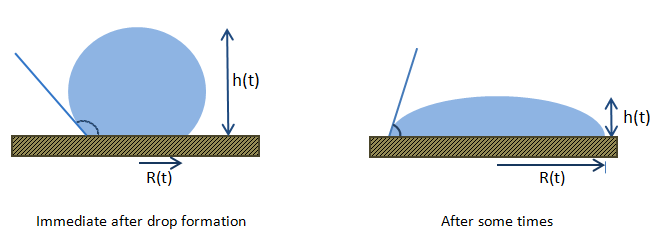
Figure 2-39: Liquid Drop Spreading on a Solid Surface
The measurements are extremely difficult, and good data relies more on luck than judgment.
There are several issues that must be addressed when measuring contact angles for determining reservoir properties:
- Surface roughness and history of which fluid first contacted the surface will affect the measured value of the contact angle.
- Rock-fluid interaction (e.g. solubility, pH, ions in the aqueous phase, polar groups in crude oil, etc.) will affect the value of the contact angle.
- Polished solids (quartz, calcite) may not be representative of solid surfaces in porous media.
- Time to reach equilibrium (when the contact angle is independent of time) may vary from seconds to days or years. Consequently, the contact angle measured in the laboratory may not represent the natural wettability of the system under examination.
Amott wettability measurements: This is a macroscopic mean wettability of a rock to given fluids. It involves the measurement of the amount of fluids spontaneously and forcibly imbibed by a rock sample. It has no validity as an absolute measurement, but is industry standard for comparing the wettability of various core plugs.
The Amott method (Figure 2‑40) involves four basic measurements. Figure 2‑42 shows how to use measured Amott test data:
- The amount of water or brine spontaneously imbibed = the amount of produced oil in step 1, AB.
- The amount of water or brine forcibly imbibed = the amount of produced oil in step 2, BC.
- The amount of oil spontaneously imbibed = the amount of produced water in step 3, CD
- The amount of oil forcibly imbibed = the amount of produced water in step 4, DA
Initially the core sample is saturated with oil at initial water saturation (point X in Figure 2‑42). The spontaneous measurements are carried out by placing the sample in a container containing a known volume of the fluid to be imbibed such that it is completely submerged (steps 1 and 3 in Figure 2‑40) for water and oil respectively), and measuring the volume of the fluid displaced by the imbibing fluid ( step 1 and stp 3 of Figure 2‑40). The forced measurements are carried out by injection of the ‘imbibing’ fluid through the rock sample and measuring the amount of the displaced fluid (steps 2 and 4 in (Figure 2‑40)). The important measurements are the spontaneous imbibition steps of oil and water, and the total (spontaneous and forced) imbibitions of oil and water. Water-wet samples only spontaneously imbibe water, oil-wet samples only spontaneously imbibe oil, and those that spontaneously imbibe neither are called neutrally-wet. The wettability ratios for oil (AB/AC) or water (CD/CA) are the ratios of the spontaneous imbibition to the total imbibition of the each fluid. A water-wet system should have an Amott Index for water close to 1 and its Amott Index for oil is close to zero. An oil-wet system should have an Amott index to water close to 1, an Amott index to oil close to zero. In general use the samples to be measured are centrifuged or flooded with brine, and then flooding or centrifuging in oil to obtain Swi. The standard Amott method is then followed. At the end of the experiment the so called Amott-Harvey wettability index is calculated: USBM (U.S. Bureau of Mines) method: This is a macroscopic mean wettability of a rock to given fluids. It is similar to the Amott method but considers the work required to do a forced fluid displacement. As with the Amott method, it has no validity as an absolute measurement, but is industrial standard method for comparing the wettability of various core plugs. It is usually done by centrifuge, and the wettability index W is calculated from the areas under the capillary pressure curves A1 and A2: where, A1 is the area under the drainage curve and A2 is the area under the imbibition curve as are shown in Figure 2‑43. A water-wet system should have a relatively large positive USBM Index while an oil-wet system should have a relatively large negative USBM index. Note that in this case the initial conditions of the rock are Sw=100%, and an initial flood down to Swi is required (shown as step 1 in Figure 2‑43), although either case may be necessary for either the Amott or USBM methods. Figure 2‑43 shows typical USBM test curves for water wet, oil wet and neutrally wet cores. The contact angle measures the wettability of a specific surface, while the Amott and USBM methods measure the average wettability of a core. If you have any questions at all, please feel free to ask PERM! We are here to help the community.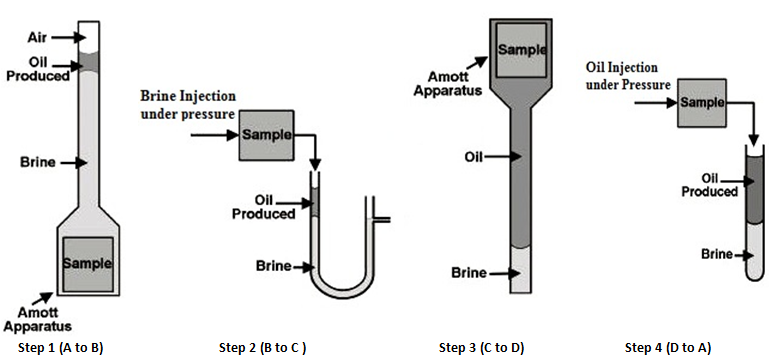
Figure 2-40: Amott Wettability Test 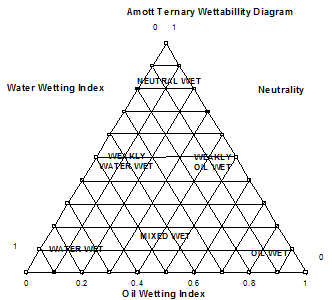
Figure 2-41: Amott Index Ternary Diagram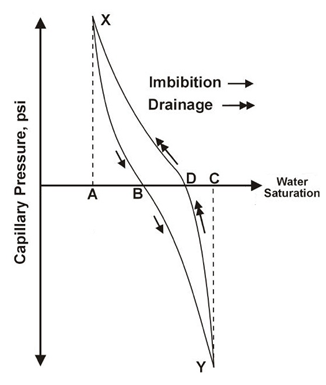
Figure 2-42: Amott Index Calculation


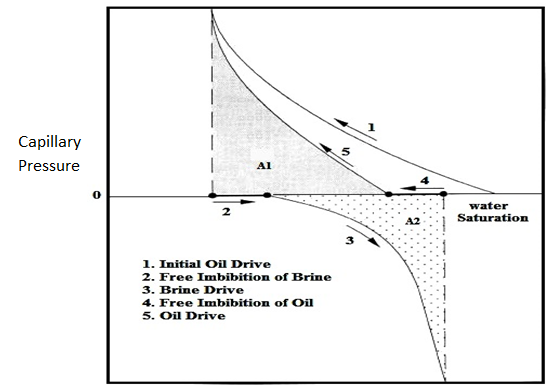
Figure 2-43: USBM Index CalculationReferences
Questions?
